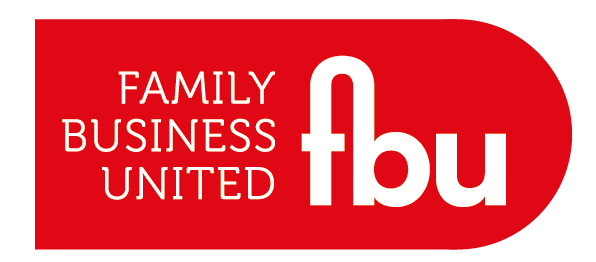

Effective Exit Interviews Can Help Your Family Business

Almost every employee must participate in at least one interview, if not multiple before being hired. However, in many cases, once employment starts, the interviews stop. The following article contemplates the value of completing one last interview, an exit interview, when an employee voluntarily leaves a company.
An exit interview is exactly what it sounds like: an employer asks questions of an employee who is set to leave the company.
However, unlike a standard interview, the conversation centres on the employer’s strengths and weaknesses, rather than the employee’s. It can act as a valuable tool for employers to grow and learn, and give departing employees a chance to share their own concerns with their employer.
Benefits
An exit interview is a valuable opportunity for an employer to learn how it compares to their competitors with respect to salaries, benefits, and other compensation it offers. When conducting an exit interview, employers should consider asking about these metrics, and whether they were a motivating factor for the employee’s departure. With this information, an employer may be able to readjust its payment structures to stay competitive.
Employers should be mindful of local and state laws that may limit or restrict their ability to ask employees about salary and benefits information. While pay equity laws generally come into play at the start of employment, employers should remain mindful of asking questions that could cross the line.
Furthermore, exit interviews are a chance for employers and employees to reflect on the positive aspects of their experience together. This helps to foster goodwill. Ending an employment relationship on a positive note may lead the exiting employee to refer customers and/or potential employees to the business or may provide an avenue for the departing employee to return down the road.
However, perhaps the most valuable take-away from an exit interview is the employee’s feedback on the company itself. Employees who are set to leave the company are free to share their true thoughts and any observations that could be beneficial moving forward. This degree of candor is hard to replicate in other situations, making exit interviews particularly valuable.
Best Practices
The usefulness of an exit interview is greatly increased if the interviewer is someone who did not regularly supervise or work with the exiting employee. This distance between interviewer and interviewee helps preserve the honesty that is crucial to a useful exit interview.
It is important to consider the timing of the exit interview. It’s advisable that employers not conduct the exit interview during the periods immediately before or immediately after the employee’s departure. The employee is most likely to be disengaged from the job during those times. If there is sufficient time between when the employee gives notice that they will be leaving and the time that they actually leave, doing the interview while the employee is still in-house can yield helpful results.
Having a mix of structured and open-ended questions is more likely to produce useful criticisms and responses. Specific questions targeted at managerial styles, the type of work assigned, and deadline expectations can help an employer fine-tune the way the business is operated.
Conversely, by asking open-ended questions, employers can access employee’s ideas on how to improve the business as well as gain any information related to potential concerns around discrimination and harassment in the workplace.
Most employees either do not have the chance to share these kinds of ideas or are too timid to do so. Broad questions allow employers to tap into the creativity and unique perspectives of their employees and incorporate them into their broader strategy and vision. As is noted by Professor Everett Spain, “Standardised interview questions rarely deliver unexpected insights.”
Simply put, exit interviews provide an opportunity for employers to receive honest, valuable feedback, and thus improve how they operate their businesses.
This article was first published by Davis Wright Tremaine LLP & has been republished with their permission. Find out more here
0
